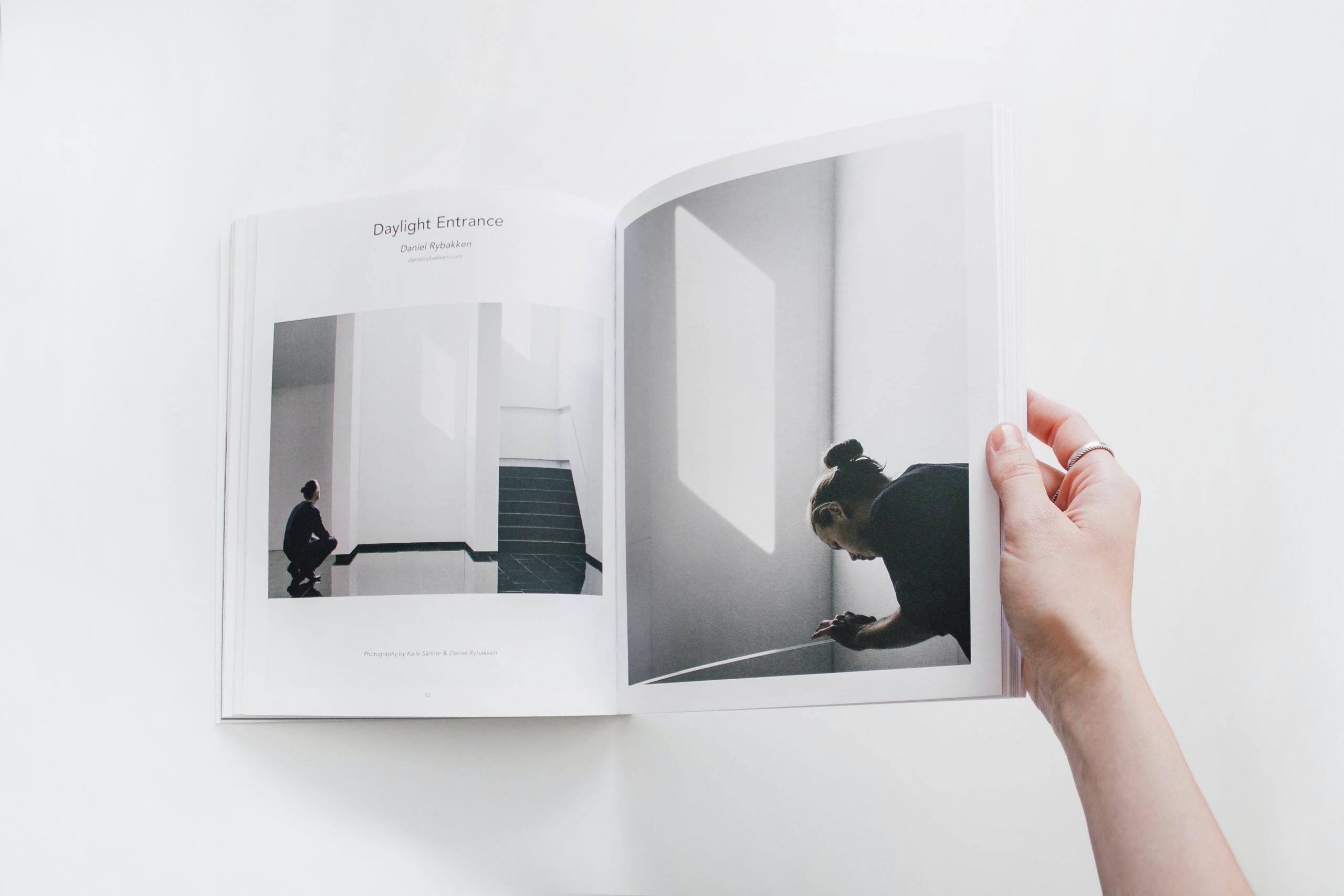The media is so powerful and has such a strong presence in our everyday lives. We breathe media with what we consume or stream on Netflix right through to keeping in contact with friends on social media and checking out the news, print or online. It’s everywhere and truly a big cornerstone of everyday living in 2021. Media Studies as a subject is unique since it has you practising both theoretical literature as well as throwing you in the deep end to make your own media products as well. Not only do you delve into the theory but you also get the chance to create it yourself- this freedom can be exhilarating. Let’s dial that back for now and get into the details of what it means to make your own media products.
If you're wanting some help with some Past Papers then have a look at this blog here. Perhaps you would like some assistance with Media Studies Scholarship?
Or maybe check out a helpful Study Guide here. You can also see the complete year's course overview on Media Studies here.

You’ll be set at creating your own media with AS91494, AS91495 and AS91497. Let’s get acquainted with the assessments:
With AS91497 you’ll be asked to write your own media text, being a magazine feature article. To do this you will need to reach the requirements of a brief and follow-through at achieving the brief at every step. You have the choice of changing the media text to the following: a review, opinion column, magazine-style radio script, dialogue or narrator voice-over script for a documentary, short film, public relations material or advertorial. Provided you use the conventions of each medium you will be on the right trajectory. Some conventions include structural conventions like paragraphs, catchy headlines, quotes in bold font and pictures laid out. Language conventions can include third-person narrative if it’s colloquial or formal tone and quotes from experts. While you are writing your featured article make sure you have copyright on what you are expressing and are presenting the facts in a fair and balanced way.

You’ll have 4 to 5 weeks of class time to prep your featured articles and make them stand out. Also included in your portfolio will be other versions of your draft process, so your teacher can see your work in progress. This assessment will get you 3 credits if you pass. While a Merit requires you to write a convincing media piece, to gain that Excellence you’ll want to have a compelling influence over your reader/teacher. To do this you will need to plan your article extremely well, making sure you have a clear purpose in mind with what you are actually trying to say and communicate. For example, are you convincing the reader that cannabis should not be made legal or are you perhaps wanting people to change their minds? Also, be sure that you know your audience and be clear on them as a demographic. In this case, the audience is high school students so keep that in mind when you are writing. And finally, the content and style are also paramount to achieving that compelling status on your article. Knitted throughout your piece you will also want to make sure that facts and statistics are peppered throughout your writing to back up your claims and ideas.
Your featured article will need to be 750-1000 words and cover a subject that is a significant cultural, ethical, educational, social, environmental or technological issue- you can pick anything that you personally gel with and are moved by. You’ll also have to show in your portfolio primary and secondary resources that you have consulted on the subject. Don’t forget to also include notes or audio forms of the interviews you do with subjects. The research phase of your article is crucial and will be largely responsible for how successful your final article comes across. Make sure you go widespread to seek information, not just using the internet but also visiting the library, other newspaper articles, getting brochures and interviewing people. And of course, edit, edit, edit. You will want your final piece to be not just succinct and readable but also pruned thougherly and free from any spelling mistakes, bad punctuation and syntax.
AS91494 will see you create your product, one being a short film.
You will be tasked with coming up with, planning, acting, directing and editing a coming-of-age short film. Within this, you will have a concept, treatment and go through pre-production as well. You’ll need to be aware of coming-of-age conventions within the genre to really nail this achievement standard. These can be conventions like focusing on the psychological growth of a protagonist. Iconography-where certain characters use the latest cellphone or social media platform is very evident within the genre. Age- Having characters between the ages of 16-18, which is great because you will be writing from experience. Usually, the central theme formulates around life-changing events like friendships and fallouts, losing one’s virginity, or relationships. You’ll spend some of the course class work time watching coming-of-age cinema to really get a grasp for the genre and learn the genre conventions by heart. This will help you apply them well in your own work.

You will work in groups of up to three people, but of course, will be marked individually according to your role. To see your unique contribution to the short film you’ll need to present relevant data like scrapbooks, logs, blogs and other ways that you’ve shown your work.
Right, let’s get into the nuts and bolts. First, you’ll need a concept! It will need to be at least 3 minutes to 8 minutes of imagery. This will include a plot summary, character descriptions, content elements as well as notes about your target audience. Always remember it’s best to write from what you know rather than write from what you have not experienced personally. Treatment wise you’ll have to do a breakdown as to how you see your subject come to life on screen- what will this feel like? For this, you have to break down the genre, characterization, setting, mood, props, costumes and mis-en-scene. Don’t worry these are all concepts you would be familiar with from other assessments. This treatment gives you room to think about the editing style and audio soundtrack-how will this all come together to showcase your main theme? Ideally, you’ll be wanting to have an overall consistency in mood, tone and character, plus also keeping your audience focused. Reference other coming-of-age films so that you can master the conventions.
To include within your pre-production materials are your wardrobe and props guide, location guide, script, storyboard breakdown, test shoots, talent details and the all-important production schedule.
Finally, AS91495 which will have you produce another media product
You’ll need to put on your designer hat for this one! It’s about creating flair and structure by showcasing a magazine spread. This will be three to four pages on a magazine spread. If you’re not as keen to do this you can instead create a radio show, a three-minute narrative film or a 4-minute researched documentary.
You’ll have 10 weeks of class time and home learning time to complete this task, so there’s plenty of time to master your media product. Remember your target demographic is for students your age, so design your article with this in mind to capture their attention. Make sure you pick a topic that shows a significant social, environmental, cultural, moral or economic issue. Remember it’s a visual medium so decorate your pages with images, graphics, graphs etc-anything that’s relevant to the subject matter.

You’ll also need to flex your reflective muscles as well. Make sure that you are recording a log of how your process is going and what kind of challenges, opportunities and roadblocks you encounter along the way. You can choose to use the feature article that you have made for AS91497 or create your new one, following all the article conventions that were discussed earlier. Layout wise, your media product should have flow, great readability and be balanced in colour. Editing is very important; this can apply to the design element but also to the actual text aspect too. Make sure that you have checked all the line breaks, checked alignments and spacing so that they are consistent, and double-checked the headers and numbers. If you're wanting some extra help with getting your media product looking how you want it, ask your teacher and see if there is anything that you can do to make it better.
Need some extra support? Try Superprof
If you’re still needing some assistance with your internal work with media studies or perhaps you're wanting some clarification with the externals – then try Superprof. Superprof is an online tutoring platform where there is a whole bunch of tutors from a range of different subjects all ready to help kickstart your tutoring journey. If you are feeling stuck with NCEA Media Studies and want someone to help guide you through, clarify things plus give you some much-needed resources then do give Superprof a go. Your first lesson is free as well so there is a huge incentive to have a go and see if having a tutor is right for you.















